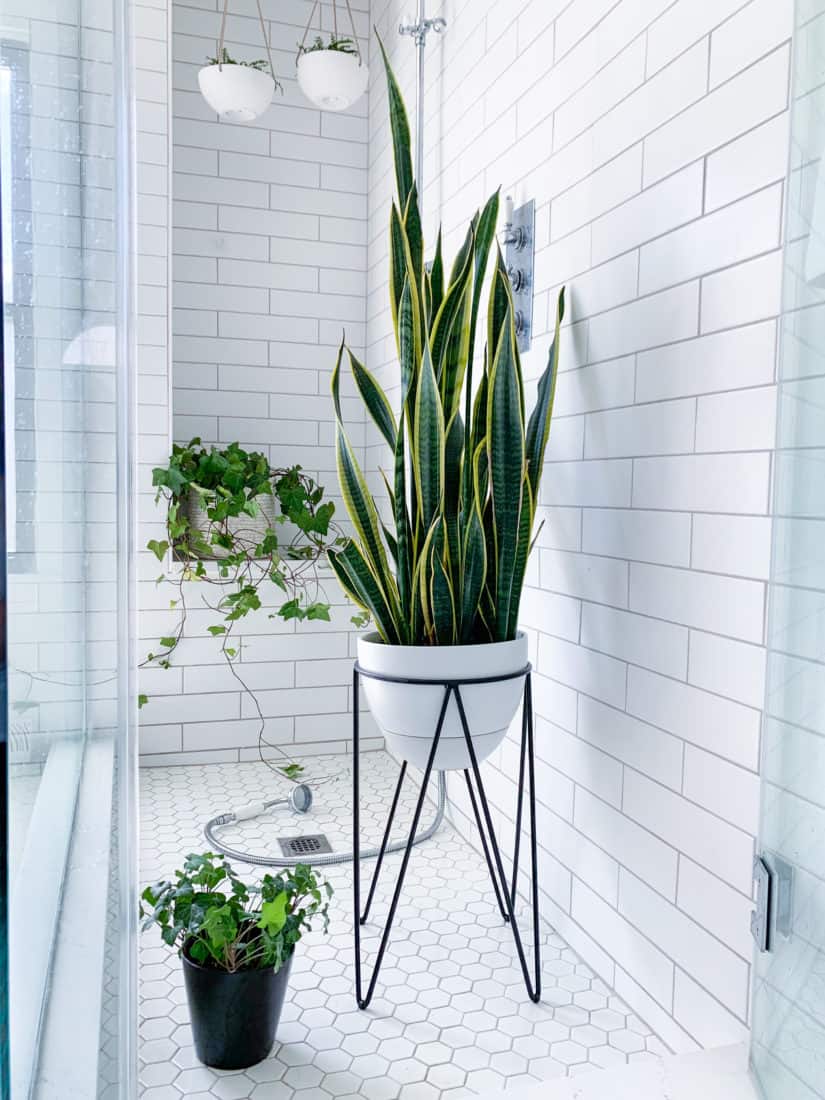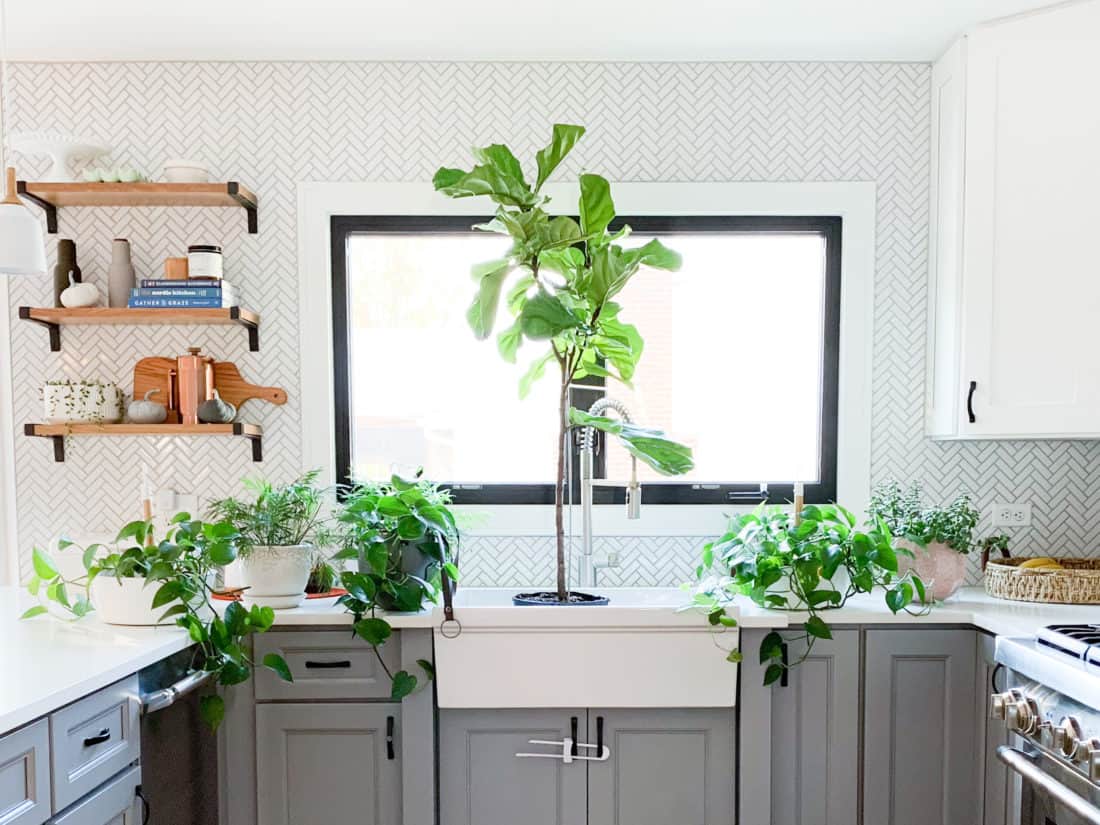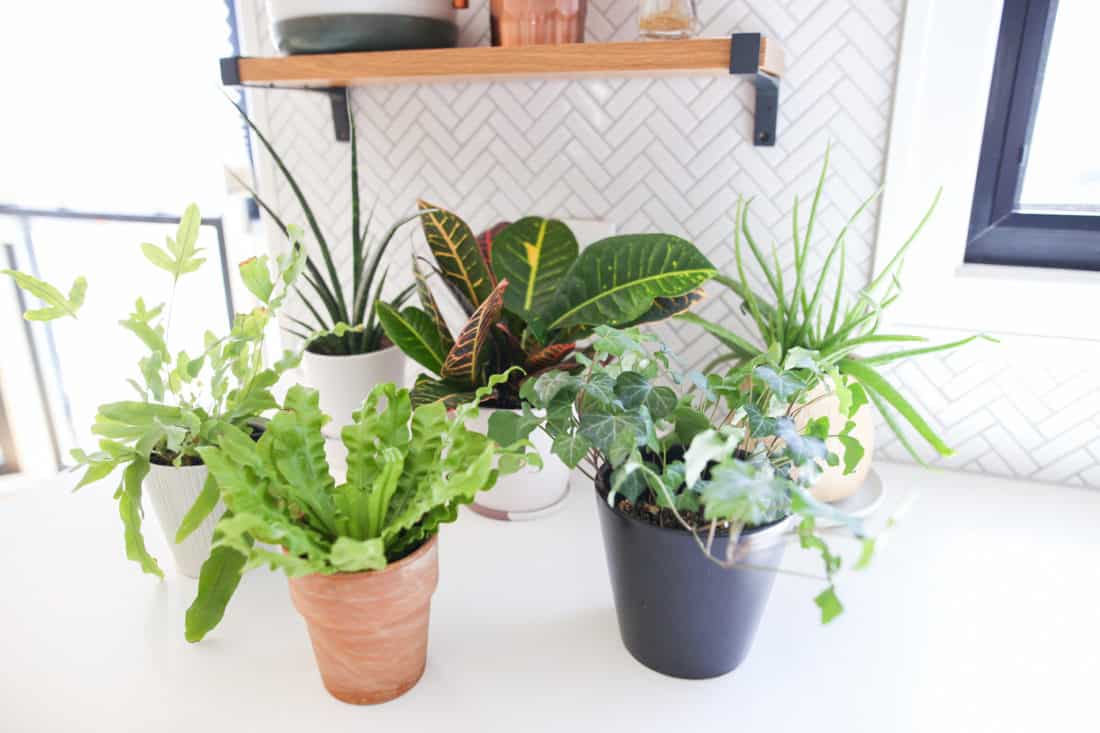how to keep your plants alive
It’s only within the last 5 years, that I have really been able to keep plants alive. I attribute my green thumb to my mother. She has always been an incredibly successful plant lady! LOL. But truly, she has mastered both indoor and outdoor plants, and has shared her simple tricks. I will warn you, once you discover how to keep your plants alive and thriving, you will turn into a plant nerd. It is such a simple and satisfying experience.

Below you will find my quick tips for keeping plants alive. These are meant to be a quick how to, so you can start small and work your way up to the big leagues. Ha! As with most things, trial and error is inevitable. Give yourself some grace! Be sure to message, I am happy to answer whatever questions I can.
1.Be Intentional
- Do your research before committing to a plant, trendy plants are great, but you don’t want to waste money
- Do you have the recommended light and space for the plant
- Do you want something low or high maintenance
- Why do you want the plant, design, air purification, bringing green indoors
- Is the plant safe for children or pets (depending on the location you want it)
- And for the love, please check out the little white card on the inside, it will list the plant’s recommendations

2. Watering
- Check the recommendations it came with
- Ask the professionals, I will often chat with the knowledgeable staff at the nursery
- Usually best to water when the top 2 inches are dry
- Always after repotting
- Large pots are going to dry faster than smaller pots
- Light will determine how quickly they dry out. Of course, more light means it will dry more quickly, whereas less light means more slowly.
- Seasonally- less light in winter means the majority of your plants will need less watering, and more in the summer
- Humid air- like the bathroom- will need far less watering
- Think about their natural environment and where they thrive, how can you mimic that
- Succulents will get a good soak, and could be good for weeks or even months before the next watering session- just keep an eye on them
- Ferns thrive in humidity LOVE water, so may be need to be watered weekly. My porch ferns in the height of summer will need to be watered daily
- Larger plants need more water, small ones, need less water
- If they are over watered, you can get get root rot- it’s exactly what it sounds like, the roots begin to rot and bacteria and fungus can grow
- Don’t just stick to a schedule, check on them and see how dry the soil is
- For optimal results, tepid water is best

3. Drainage
In my opinion, a drainage hole is necessary to create a healthy plant. You need a hole at the bottom of the planter to drain off all the excess water. Very few plants can thrive in stagnant water.
- This protects against the standing water that can cause your roots to rot, and fungus and bacteria from growing
- You can create your own drainage if the pot does not have a hole You can add large rocks or pebbles, so it lifts the plant up away from the bottom of the planter
- If you have a planter with no drainage, be sure not to over water- go slowly
- If all else fails, repot
5. Light
- Too much light your plant will have singed tips
- Too little light, your plant will start yellowing
- Perfect light, your plant will be a vibrant color
6. Repot Plant
- The spring is the perfect time to repot, there’s more sunlight
- Main point of repotting is for fresh soil
- Root coming out of the drainage hole
- Roots raising out of the top
- Top heavy, starting to lean or tip over
- Drying out quickly
- Soil amount is shrinking
- Usually need to repot plants after 12-18 months
I hope this post was helpful, and answered some of those nagging ‘how do I not kill a plant’ questions. If there’s anything you would like for me to include in the next post, be sure to let me know. Happy growing!
